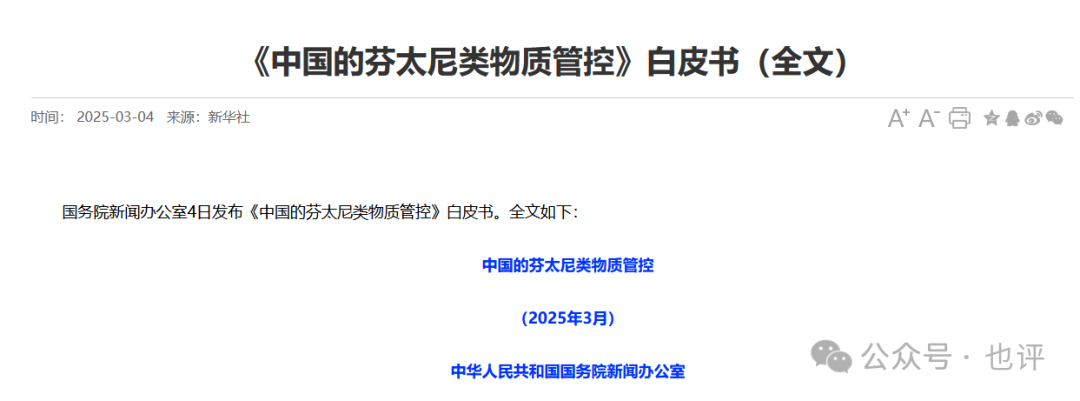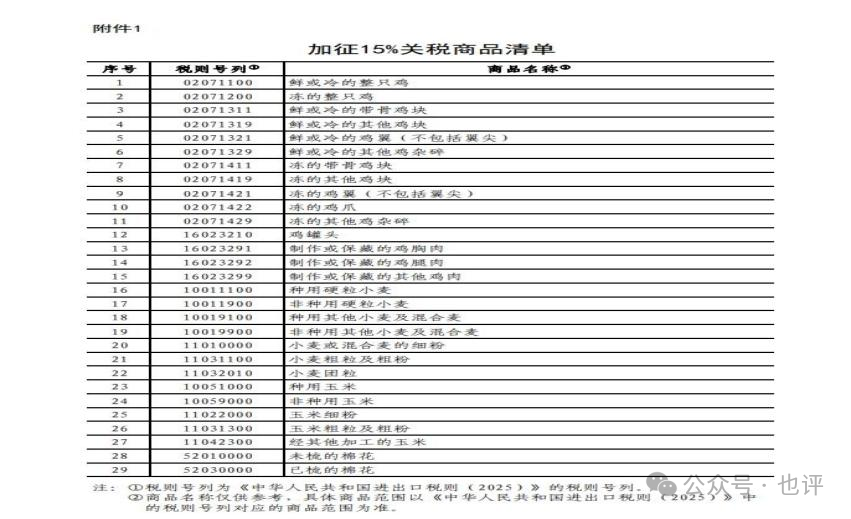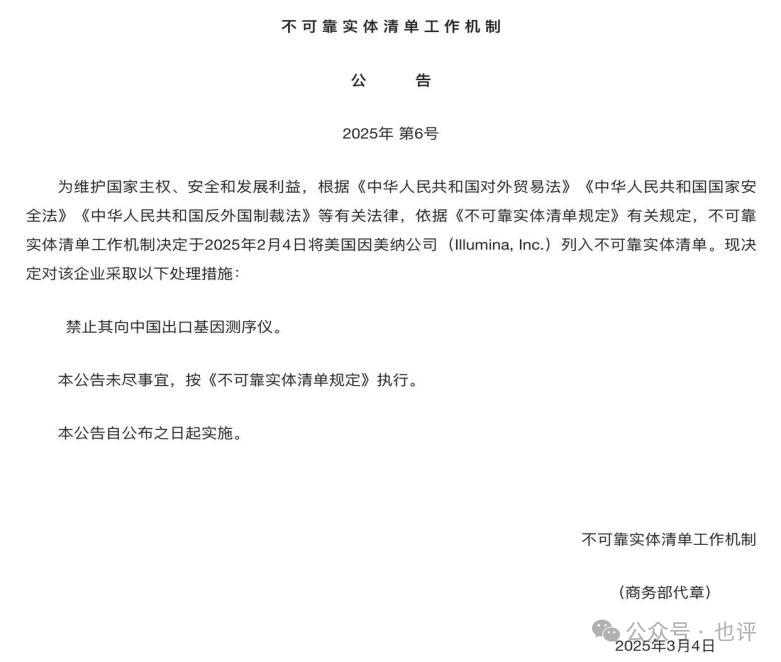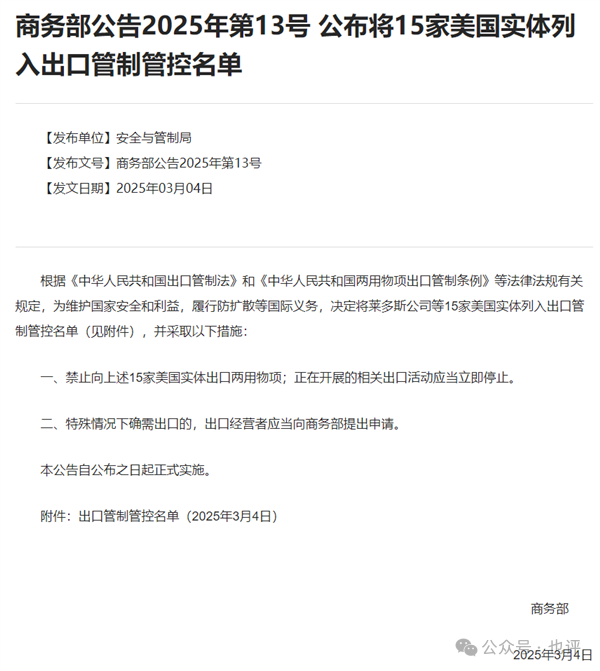The escalating trade tensions between the United States and China have reached new heights, with both nations implementing retaliatory tariffs and trade measures. This article delves into the intricacies of these actions, their implications, and the potential paths forward.
1. Trump’s Tariff Expansion: A Calculated Risk?
On March 3rd, former President Trump announced plans to impose an additional 10% tariff on Chinese imports starting March 4th, citing issues such as fentanyl. This move follows an earlier 10% tariff imposed shortly after his inauguration. Simultaneously, he declared a 25% tariff on Canadian and Mexican goods, effective the same day, signaling an aggressive trade stance. The market reacted swiftly, with U.S. stock indices declining for two consecutive days.

2. China’s Countermeasures: Beyond Expectations
Contrary to Trump’s expectations, China has adopted a multifaceted strategy, leveraging its economic leverage beyond tariffs.
A. Debunking the Fentanyl Lie
On March 4th, China’s State Council Information Office released a white paper titled “China’s Control of Fentanyl-Related Substances,” outlining proactive measures to combat fentanyl abuse. The document emphasizes:
- Strict Regulatory Controls: China enforces strict regulations on fentanyl-related drugs.
- International Cooperation: Collaborative efforts with the U.S. and other nations have yielded tangible results in curbing illicit trafficking.
Despite these efforts, the U.S. continues to blame China for its fentanyl crisis, which China refutes as “ungrateful.”

B. WTO Litigation and Diplomatic Counterattacks
China’s Ministry of Commerce filed additional complaints with the World Trade Organization (WTO) against U.S. tariffs, arguing they violate international trade rules. This move underscores China’s commitment to resolving multilateral disputes.
3. Targeting Trump’s Core Support Base: U.S. Farmers
Trump’s tariff strategy risks alienating a key constituency: U.S. agriculture.
A. Retaliatory Tariffs on U.S. Agricultural Products
On March 4th, China announced 15% tariffs on U.S. chicken, wheat, corn, and cotton, alongside 10% tariffs on soybeans, pork, beef, and dairy products. These sectors are vital to U.S. farmers, who exported $33.7 billion worth of goods to China in 2023, accounting for 33% of the market.
Timing is critical: With spring planting weeks away, farmers face immediate challenges in adjusting strategies. Jim Sutter, president of the U.S. Soybean Association, warns that tariffs “undermine the reliability of trade relationships,” a sentiment echoed nationwide.

B. Economic Shockwaves and Political Ramifications
Trump’s proposals to increase domestic agricultural consumption are impractical, while the USDA’s $30 billion subsidy plan faces fiscal scrutiny. Farmers fear rising input costs, such as fertilizers, and reduced market access, which could devastate rural economies.
4. Technology and Defense-Related Retaliation
China’s response extends beyond agriculture, targeting areas crucial to U.S. strategic interests.
A. Blocking Genome Sequencing Giant Illumina
On March 4th, China’s Ministry of Commerce banned Illumina from exporting genome sequencing instruments to China, citing violations of market principles. This move benefits domestic companies like BGI Genomics and Berry Genomics, whose stocks surged in response.

B. Export Controls on U.S. Defense Entities
China placed 15 U.S. companies, including Leidos and others involved in Taiwan arms sales, on an export control list. These firms’ reliance on Chinese components highlights vulnerabilities in the U.S. supply chain.
5. Global Value Chains and Economic Interdependence
China’s strategic responses reveal a nuanced understanding of global trade dynamics. While tariffs make headlines, the real battleground lies in supply chain dominance and market access.
A. Leveraging Global Value Chains
China can target U.S. companies with significant investments in its market, such as those in the semiconductor and automotive industries. These firms face reputational and financial risks if they comply with U.S. sanctions against China.
B. Alternative Suppliers and Market Resilience
China’s vast domestic market and established trade relationships with Brazil, Argentina, and others reduce its reliance on U.S. agricultural imports. This flexibility contrasts with the U.S., where farmers lack comparable alternative suppliers.

6. The Path Forward: Diplomacy or Escalation?
Chinese Foreign Ministry spokesperson Lin Jian emphasized that resolving the fentanyl crisis requires “equal, respectful, and mutually beneficial dialogue.” If the U.S. remains intransigent, China still has “more cards to play,” including further tariffs, export controls, and diplomatic pressure.
Conclusion
The trade dispute transcends economics; it is a test of geopolitical will. China’s measured yet firm response underscores its resolve to defend its interests while remaining open to negotiations. The ball is now in
